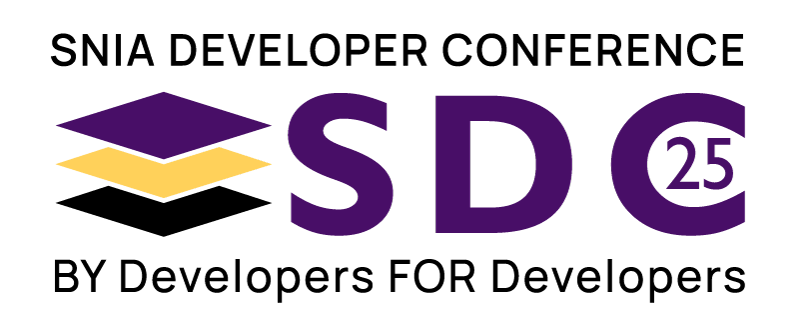
Solutions Architect,
Solidigm
Alessandro Goncalves is a seasoned Storage Solutions Architect with deep expertise at the intersection of high-performance storage and AI/ML workloads. Currently at Solidigm, he architects and benchmarks SSD-based solutions tailored for emerging AI/ML pipelines, collaborating with industry consortia like MLCommons to drive next-generation storage standards. His background includes designing persistent memory solutions at Intel for Optane and accelerating performance tracing and debugging across hyperscaler environments. Alessandro’s recent work focuses on AI/ML storage integration, including workload-aware benchmarking, storage telemetry tooling, and scalable pipelines for data-centric AI systems.
0


